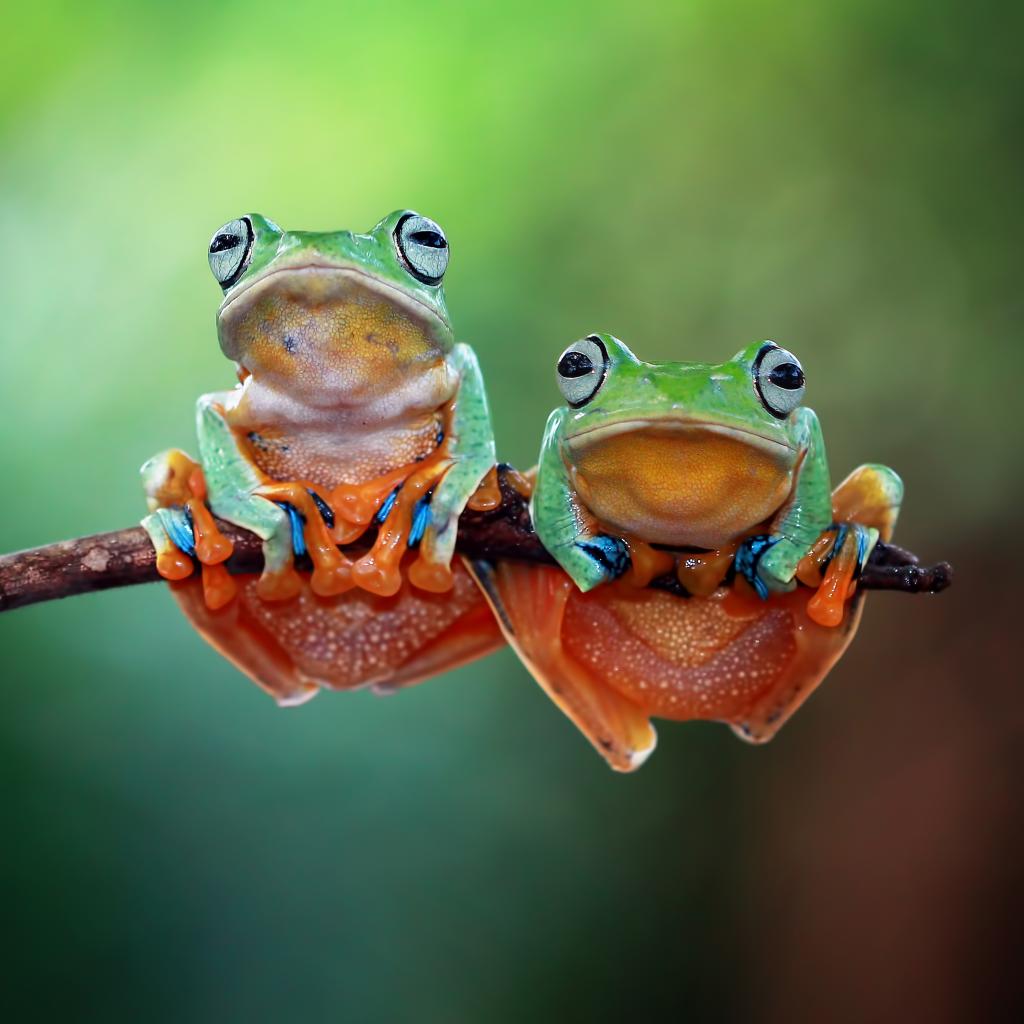-
Company
-
Brands
- A House of Brands
-
Hearing Instruments
-
Consumer HearingConsumer Hearing
-
Cochlear ImplantsCochlear Implants
-
Audiological CareAudiological Care
- AudioNova - Brazil
- AudioNova - Denmark
- AudioNova - Italy
- AudioNova - Sweden
- Audition Santé - France
- Boots Hearingcare - UK & Ireland
- Connect Hearing - Australia
- Connect Hearing - Canada
- Audiological Care US
- Geers - Germany
- Geers - Hungary
- Geers - Poland
- Hansaton - Austria
- Lapperre - Belgium
- Schoonenberg - Netherlands
- Triton Hearing - New Zealand
-
Investors
- Investors overview
- Ad hoc announcements
- Why invest in Sonova & strategy
- Presentations & webcasts
-
Financial reports
- Current outlook
- Key figures
- Financial calendar
-
Corporate governance
-
Sonova shares & bondsSonova shares & bonds
- General Shareholder's Meeting
- Services & contacts
- Newsroom
-
Careers
- Your career with us
-
Apply now
-
Why Sonova
- Get to know our talents
sonova global
- Global
-
North America
North America
-
Pacific
Pacific
-
Latin America
Latin America
- Asia
- Europe
Global
North America
Pacific
Latin America
Asia
Europe
-
Company
-
Brands
Brands
- A House of Brands
- Hearing Instruments
- Consumer Hearing
- Cochlear Implants
-
Audiological Care
- AudioNova - Brazil
- AudioNova - Denmark
- AudioNova - Italy
- AudioNova - Sweden
- Audition Santé - France
- Boots Hearingcare - UK & Ireland
- Connect Hearing - Australia
- Connect Hearing - Canada
- Audiological Care US
- Geers - Germany
- Geers - Hungary
- Geers - Poland
- Hansaton - Austria
- Lapperre - Belgium
- Schoonenberg - Netherlands
- Triton Hearing - New Zealand
-
Investors
Investors & financials
- Investors overview
- Ad hoc announcements
- Why invest in Sonova & strategy
- Presentations & webcasts
- Financial reports
- Current outlook
- Key figures
- Financial calendar
- Corporate governance
- Sonova shares & bonds
- General Shareholder's Meeting
- Services & contacts
- Newsroom
-
Careers
Careers at Sonova
- Your career with us
- Apply now
- Why Sonova
- Get to know our talents
sonova global
Choose your country
- Global
-
North America
North America
-
Pacific
Pacific
-
Latin America
Latin America
- Asia
- Europe
Global
North America
Pacific
Latin America
Asia
Europe

Frogs – hearing with no ears
Efficiency in the animal kingdom: frogs only hear what they need to survive, and they use their mouths to do it. The peculiar characteristics of their hearing are also proving useful to Sonova’s experts as models for developing the next generation of hearing aids.
Cicadas hear with their lower abdomen, crickets with their front legs – and frogs have no ears either, or at least no outer ear structures. They can still croak, however, and can hear the sounds made by others of their species. The creatures use their mouths as a resonance chamber, thus amplifying sounds, as researchers have been able to show using special X-ray imaging. This works because of the unusually thin tissue separating the mouth cavity and the inner ear, which makes it easier to direct sounds to the inner ear via the auditory ossicles. “As in humans, the incoming sound waves cause the eardrum to vibrate and are transformed into electrical signals by the hair cells in the inner ear,” explains Sonova’s resident expert in audiological research and Senior Vice President Science & Technology, Stefan Launer.
Frogs do no more than the bare minimum, though, as they can’t hear anything apart from the noises made by other frogs and their predators. Frogs’ ear glands are sensitive only to the frequencies of sounds they need to hear to survive, and their brains react only to certain acoustic patterns. All irrelevant noise is tuned out. For female frogs, for example, the most important sound is the mating call of a male, and their ears are so finely tuned that they can pick this out from a whole frog chorus. The cricket frog, which is found in New Jersey, croaks at a frequency of 3,500 Hz, while its cousins in South Dakota try to attract females at a frequency of 2,900 Hz. Because a frog from Jersey simply would not hear the mating calls in Dakota, it would be condemned to a life of singledom, as would its Dakota relatives, were they ever to find themselves in Atlantic City.
Sonova’s developers have also taken an interest in these filtering capabilities; binaural hearing – i.e. with both ears – has many advantages, for humans at least, as Launer explains: “You can switch on both ears together and filter out a signal more effectively, for example, or make use of whichever signal is better, such as the one from the ear angled towards the sound.”
Researchers are hoping to simulate the frogs’ abilities using so-called binaural algorithms, i.e. mathematical calculation methods. “A broad range of binaural algorithms has been integrated into our new Phonak Marvel product platform,” notes Launer. Frogs’ hearing was one of the first modeling systems used to investigate binaural hearing. “Combined with studies of binaural perception in humans, we used it to develop Sonova’s Binaural Voice Stream Technology, which is used in lots of products now,” he adds. Just as frogs tune out sounds that are of no use to them, modern hearing aids such as those produced by Sonova brand Phonak can boost binaural hearing in people with hearing loss.
These hearing aids can thus help in situations where their wearers are confronted with various noises that are overwhelming: using such devices, they can hear well in large groups when there is background noise, or if the speaker is not addressing them face-to-face (on a car journey, for example), when interference reduces the quality of a ‘phone call, or when wind noise make conversation difficult.

The particular time of day at which frogs make use of their sensory organs is also of interest to Launer: these amphibians – and other animals besides – choose dawn and dusk as times to croak, as sound travels the furthest then. If they were all to vocalize at the same time, however, no one would be able to communicate or find a partner any more – so the different species have divided up the time, and each one gets a slot. “People in restaurants could try out this approach some time,” suggests Launer with a grin. “Every table would get a set time window where people could talk.”